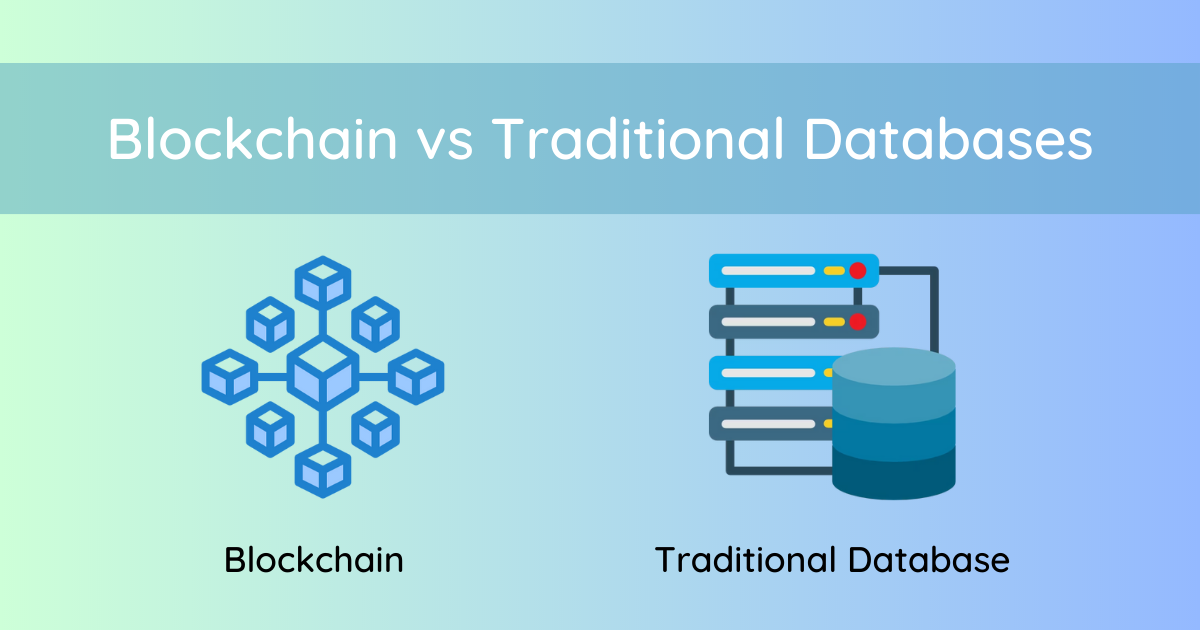In the realm of data management, two primary technologies have emerged as front-runners: traditional databases and blockchain. Both serve the essential function of storing and managing data, but they do so in fundamentally different ways, each with its own set of advantages and limitations. This article delves into the distinctions between blockchain and traditional databases, exploring their unique features, use cases, and the implications for various industries.
Traditional Databases
1. Structure and Functionality
Traditional databases, such as relational databases (e.g., MySQL, PostgreSQL) and NoSQL databases (e.g., MongoDB, Cassandra), have been the backbone of data management for decades. These databases store data in structured formats, typically in tables (relational) or flexible schema formats (NoSQL). They are designed for efficiency, speed, and the ability to handle large volumes of transactions.
2. Centralization
One of the key characteristics of traditional databases is their centralized nature. A central authority, usually a database administrator, controls the database, manages user permissions, and ensures data integrity and security. This centralization allows for high performance and ease of management, but it also introduces a single point of failure and potential vulnerabilities to hacking and data breaches.
3. Transaction Management
Traditional databases excel in transaction management through ACID (Atomicity, Consistency, Isolation, Durability) properties. These properties ensure that database transactions are processed reliably, making traditional databases ideal for applications requiring high consistency and reliability, such as banking systems and e-commerce platforms.
Blockchain Technology
1. Structure and Functionality
Blockchain is a distributed, decentralized ledger system that maintains data integrity and transparency by recording transactions over a network of computers. Each block in a blockchain contains a list of transactions and is cryptographically linked to the previous block, forming a chain. This structure makes it extremely difficult to alter past records without altering subsequent blocks, thereby providing high security.
2. Decentralization
Unlike traditional databases, blockchain operates on a decentralized model.The blockchain is not controlled by a single party. Instead, all participants in the network have a copy of the ledger, and consensus protocols (such as Proof of Work or Proof of Stake) are used to validate transactions. This decentralization enhances security and transparency but can lead to slower transaction speeds and higher energy consumption, especially in public blockchains like Bitcoin and Ethereum.
3. Immutability and Transparency
Blockchain’s immutability is one of its most significant features. Once data is recorded on the blockchain, it cannot be easily altered or deleted. This makes blockchain ideal for applications requiring auditability and traceability, such as supply chain management, voting systems, and digital identity verification. Additionally, the transparent nature of blockchain ensures that all participants can view the transaction history, fostering trust in the system.
Comparative Analysis
1. Performance
Traditional databases generally outperform blockchains in terms of transaction speed and throughput. They are optimized for handling large volumes of transactions quickly, making them suitable for applications where performance is critical. Blockchain, on the other hand, can be slower due to the need for consensus and the overhead of maintaining a distributed ledger.
2. Security
Both technologies offer robust security features but in different ways. Traditional databases rely on strong access control mechanisms and encryption to secure data. However, their centralized nature makes them susceptible to insider threats and single points of failure. Blockchain’s decentralized and cryptographic approach provides a higher level of security against tampering and unauthorized access, though it is not entirely immune to vulnerabilities, such as 51% attacks in public blockchains.
3. Flexibility and Scalability
Traditional databases offer greater flexibility and scalability compared to blockchains. They can easily scale vertically (by upgrading hardware) or horizontally (by adding more servers) to accommodate growing data needs. Blockchain scalability remains a challenge, particularly for public blockchains, where every transaction must be processed and recorded by all nodes in the network, leading to potential bottlenecks.
Use Cases
Traditional databases are well-suited for applications requiring high performance, consistency, and complex queries, such as enterprise resource planning (ERP) systems, customer relationship management (CRM) systems, and online transaction processing (OLTP) systems. Blockchain is more appropriate for use cases that benefit from decentralization, immutability, and transparency, including cryptocurrency transactions, smart contracts, supply chain tracking, and decentralized finance (DeFi) platforms.
Conclusion
The choice between blockchain and traditional databases depends largely on the specific requirements of the application. Traditional databases offer tried-and-true solutions for centralized, high-performance data management needs, while blockchain provides innovative solutions for decentralized, secure, and transparent data handling. As technology continues to evolve, the lines between these two paradigms may blur, potentially leading to hybrid systems that leverage the strengths of both approaches.








